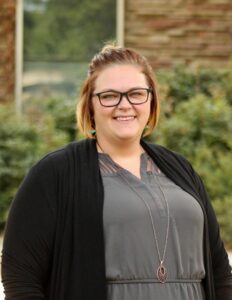Researchers at AgNext have recently published a new article in Translational Animal Science titled “Determination of gas flux and animal performance test duration of growing cattle in confined conditions”. This publication will ultimately serve the beef industry in its goal of advancing its understanding of GHG emissions from cattle systems and ultimately reducing carbon footprints in the next decade.
Current research looking at enteric CH4 in cattle systems uses a variety of approaches, but a trusted method for large groups of animals is the GreenFeed system from C-Lock, Inc. This data collection device is unique in that it requires that an animal voluntarily visit the equipment throughout the day to adequately represent the enteric CH4 emissions. Reported literature shows contrasting recommendations regarding the number of visits for this specific type of sampling.
Researchers from AgNext Juan Vargas, Maya Swenson, and Sara Place looked to determine the adequate number of visits to represent the daily CH4 emissions in finishing steers using data collected at AgNext’s Climate Smart Research Facility. When asked about the significance of this research, Corresponding author and Associate Professor of Feedlot Systems Sara Place offered, “I consider that any strategy to reduce methane (for example, animal selection or additive evaluation) requires an accurate methodology to determine CH4. In this sense, this is a foundational analysis for future projects and evaluations.”
The team found that steers required between 55 and 60 visits to accurately represent the CH4 emissions. Essentially, if an animal visits the unit 2 times per day, the CH4 evaluation should take between 28 to 30 days. Additionally, we found that the length of the visits could be 2 or more minutes, different than other reports that suggested 3 or more minutes, reducing the time required to evaluate CH4 under confined conditions. This finding is one of opportunity because as the world responds to climate change, so does the urgency for countries and companies to properly evaluate and meet their climate reduction targets in the next decade.
In the following video, Dr. Place discusses this publication in more detail as well as how this research can serve other research institutions when developing baselines for cattle in feedlot systems.

Jenn "JR" Rieskamp
Head of Strategy and Communication
